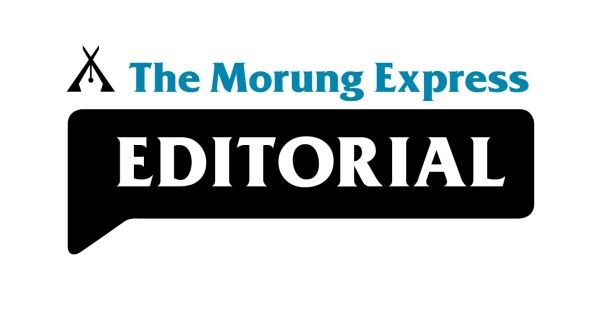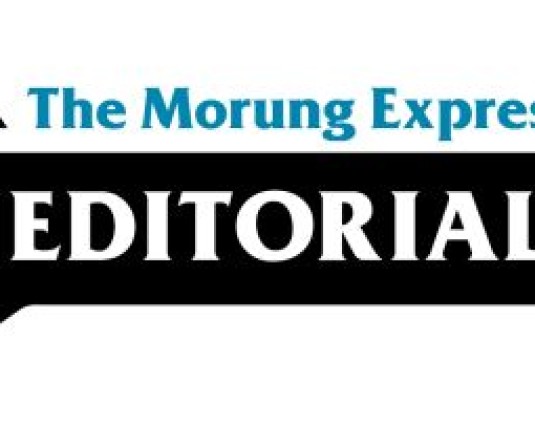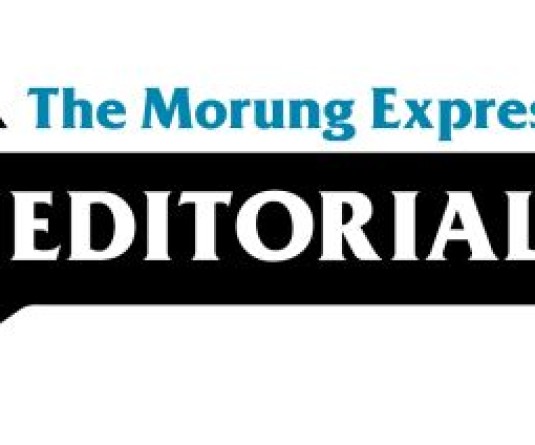
Imlisanen Jamir
We’re great at the ‘lighter’ side of the academic milieu, while not having a particular knack for the more ‘rigorous’ disciplines.
That is a quasi-racist accusation that many Naga people have had to be on the receiving end of.
Some brush these off, and rightly so—as there is nothing wrong if a large chunk of our students revel in poetry, music and literature—these are after all the stuff we live for. Concurrently, many look down at these fields with disdain, and force children to take up more ‘sensible’ courses of education.
What has been disregarded though is to take into account the student’s perspective. There are huge question marks on whether the educational and social setup in Nagaland caters to an environment that provides students with the choice to excel in things which they are good at.
The Annual Status of Education (ASER) report for 2017 on the educational scenario in the state provide hints. First off, the report gives some credence to the earlier accusation.
The statistics taken from the sample survey reveal dismal numbers in the case of basic arithmetic skills. 30.4% of youth aged 14-18 could do division while 35.9% could do subtraction. Rounding up, 33.7% can recognize the number 99 and below. The national average for division was 43.1%.
While 85.4% could do simple measuring of length, only 32.2% were able to do hard task of measuring length as against 39% nationally. Applying unitary method and calculation of time were also hard tasks for them, with only 37.7% and 30.5% of them managing to do the tasks respectively.
The national averages were 50% and 38.6% respectively. Meanwhile, only 19.6% can apply a discount while a dismal 3% could calculate repayment. 37.7% could apply discount and 15.5% calculate repayment nationally.
While reading levels are high—a statistic that could supplement even more to the aforesaid ‘stereotype’—the next statistic on reading and comprehension is concerning.
English reading prowess in Nagaland is high, according to the ASER report, with nearly 90% able to read a sentence, as opposed to the national average of 58.2%.
However, and here comes the clincher, in terms of understanding what they read, it falls below the national average, as only 46.5% could read and understand at least 3 out of 4 reading instructions, while the all India average was 53.3%.
From these numbers, one can deduce that added to the lopsided gradient in the academic proficiency of Nagaland’s students is an overall policy and structural problem.
And that is the lack of a well-rounded and balanced education.
What students need is the type of education that equips them with employability skills of course; but which also hones their minds to understand concepts, to think critically and creatively, and not take things at face value.
Efforts towards this require work in both teaching techniques and larger policy issues like syllabi and infrastructure. This is not about a battle between the humanities and the sciences. It is rather about delivering a school system that help students appreciate the dynamics of both.
A type of education that allows young minds in this critical age group to experience a wide variety of disciplines, so that they are equipped to make informed decisions when and if, they decide to pursue higher studies.
Comments can be sent to imlisanenjamir@gmail.com





